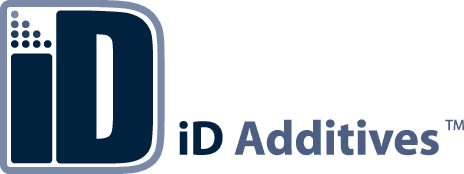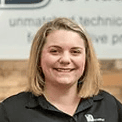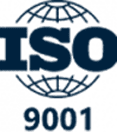n

Welcome to the Plastics Proud Blog where we talk all things Plastics!
n
What is preventative maintenance and why is it important? Preventative maintenance is a program every manufacturing company should have in place to ensure machines are being serviced and maintained to prevent a breakdown. It is important to have a preventative maintenance program because it helps reduce downtime from broken equipment and also, extends the life of your equipment, which saves money.
nn
In the Plastics Industry, one of the main things companies are always trying to get right is their purging program. Our Technical Manager, Dave Denzel gives his basic purging tips to minimize downtime and maximize results.
n
- n
- Using the recommended CPC (Commercial Purging Compound), purge the screw and barrel out before lowering heats from a high temp material (Nylon) to a lower temp material (Polypropylene). If this is not done, the previous material will not be removed completely, resulting in build-up which will cause difficulty picking up material (screw slippage) and also create contamination.
- Before you start purging, if the machine you use has a Ball Check Ring or Mixing Nozzle, raise the temperature (ie. 50-100 degrees) on the nozzle only to help remove material from the dead spots these features tend to have. This can also be done on hot runner systems as long as you don’t go over the hot runner manufacturers recommended heater temperatures.
- Only use material or a good CPC (Commercial Purging Compound) to purge out machines. Do not use crude methods like dropping in scraps of wood pallets (may be treated), crushed walnut shells, or hand soap into the feed throat. Aside from potential damage to the machine, these are time consuming methods since removal of the nozzle or die is still required. They also do nothing to clean internal components, such as the check ring, and can give off a strong odor (potentially hazardous or even carcinogenic).
n
n
n
Another thing in the Plastics Industry companies are always experimenting with is a MRO Maintenance program. Our Technical Manager, Bryan Whitaker gives his basic tips on where to start the process of implementing a preventative maintenance program.
n
- n
- Take the time to review your problem areas. I don’t mean review with your maintenance or tool room manager for a few minutes or a half hour meeting– really take the actual time to go through the biggest areas of concerns and where these departments spent a majority of resources. It is very common for facilities to simply tackle whatever fire is present when their shift begins, which will prove to be costly as many situations will simply be a band-aid fix to move to the next obstacle. This will continue to be the case until the appropriate personnel sit down to review current practices and then establish an effective game plan to move forward.
- Establish a cataloging system. A lot of shops have drawers for O-rings and drawers for fittings – everything is put into a storage cabinet or tooling chest. There are not, however, many facilities that have a reordering system in place – or one that makes sense in a busy tool room. If I’m in a tool room and I’m told that a tool needs to be PM’d by the end of my shift, I’m going to work hard to make sure that tool is up and running. What I’m not going to do is spend time to catalog all of the parts I used to perform the maintenance and then log those into my ERP system. When I focus on the maintenance and ignore the data entry, the purchasing agents (rightly) get upset, and the management team isn’t happy because the tool room isn’t using the expensive ERP system. I was at a shop in the Midwest with a cataloging system solving this issue. This facility had a two-tag system, much like the old library card system. Two tags were created for each part – one that was pulled when the part was down to re-order status (this varied from part to part) and a second for a red alert, meaning the first tag was gone and there were no parts remaining. This red alert signaled the purchasing department to look into the reorder status. When the tooling technician was done with a job, he simply placed any/all tags he pulled into the tray of whomever was responsible for re-ordering parts (his supervisor, purchaser, etc). This system allowed the tooling employee to do the task – pm’ing molds – and the purchasing department to do what it does best. It’s a simple step that allows companies to use their ERP systems without putting burden on the tooling room personnel.
- Try/Trial new products. There have been many improvements to equipment, chemicals, and materials that your shop may not know about because the lead technician does what he/she had been doing for the last two decades. Many of these products aim to improve production, reduce labor costs, and provide a better environmental footprint. Most companies will provide free samples or reduced trial rates so you can see firsthand their potential impact within your facility. Take advantage of trying something new; don’t lose a potential bid because you’re not familiar with the latest market offerings!
n
n
n
On our next Plastic Proud Blog post, we are going to be sharing our Purging/ MRO Maintenance tips on EXTRUSION! Make sure to look look out for it.
nn
Questions? Give us a call (708-588-0081) or email us at info@idadditives.com!



